FICTION CRAFT ESSAYS
NO SURPRISE FOR THE WRITER? WHAT A RELIEF FOR ME, a Craft Essay by David Galef
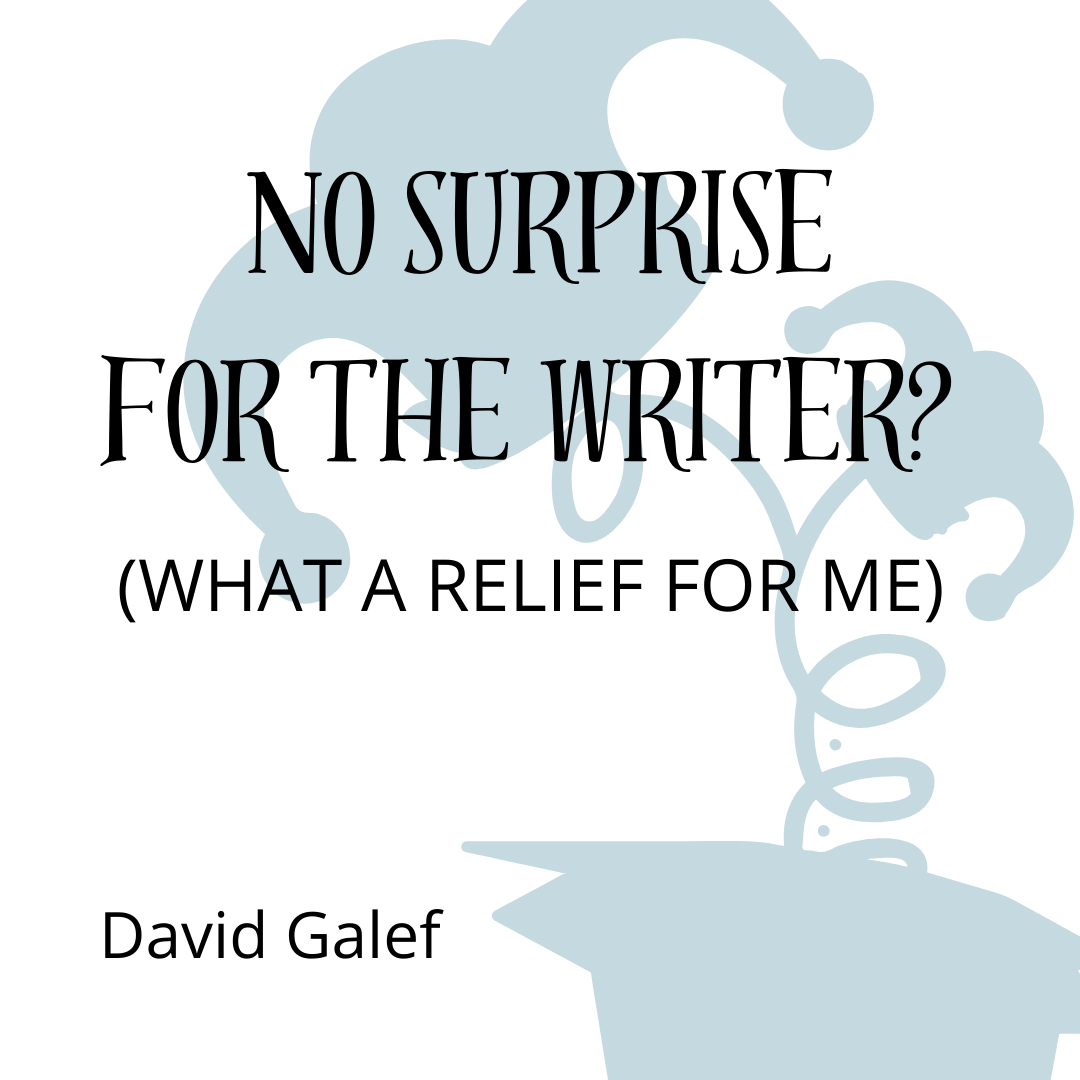
David Galef NO SURPRISE FOR THE WRITER? WHAT A RELIEF FOR ME. Robert Frost’s famous line of writing advice, “No surprise for the writer, no surprise for the reader,” comes not from a poem but from his essay “The Figure a Poem Makes.” A lot of writers love this idea. They find it liberating. If authors start a project knowing exactly where they want to go, that’s exactly how it’ll read: planned out, executed ...
ROOTED IN THE PLACE YOU KNOW, a Craft Essay by Bradley Sides
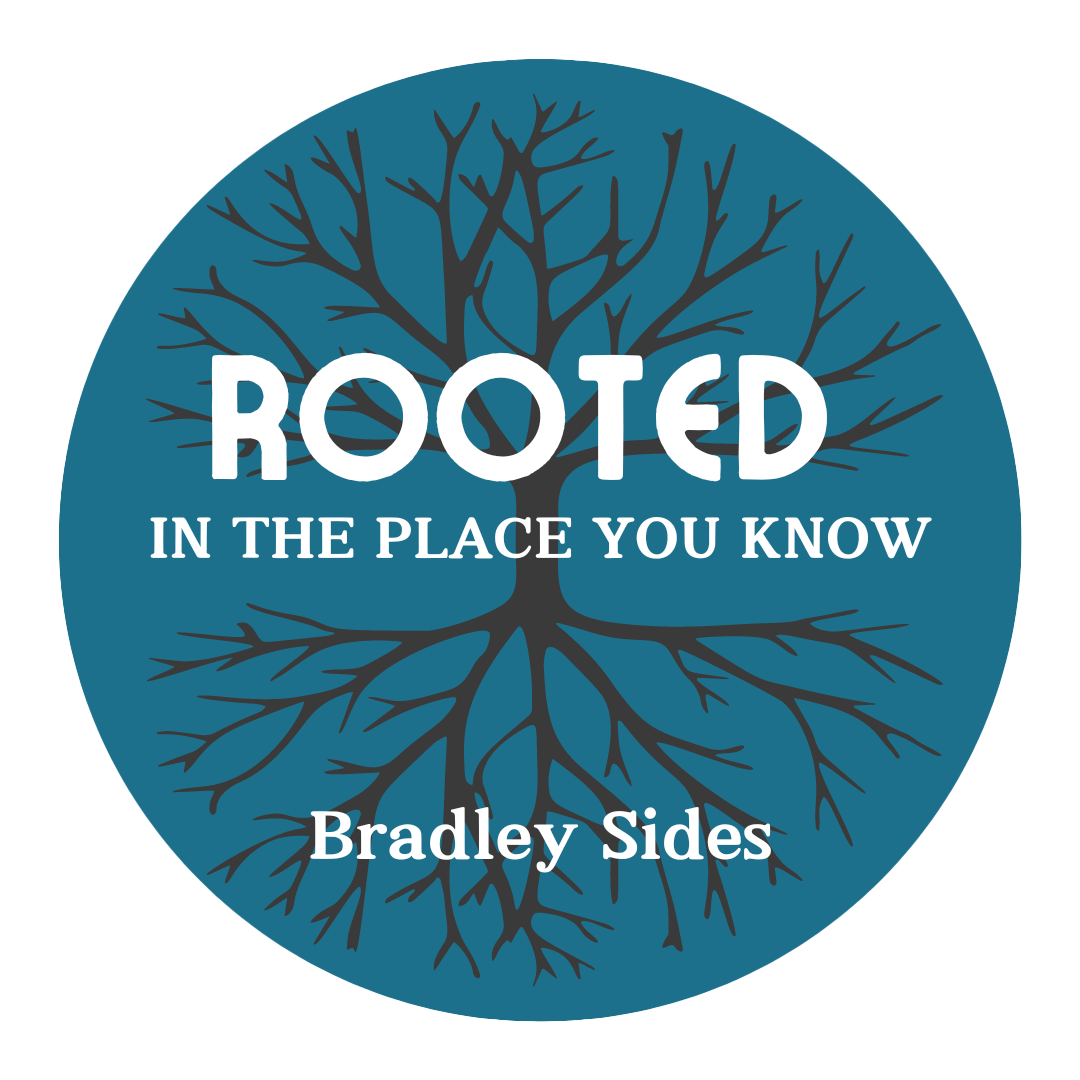
Bradley Sides ROOTED IN THE PLACE YOU KNOW You live in a place that doesn’t have a bookstore. You live in a place that doesn’t even have a chain dollar store. The latter is still ten, fifteen years away. The former will likely never be. In your world, there are trees, cows, and boundless supplies of blue sky. But you have a dream—and you are determined to live it. You drive to the country store ...
Navigating Back: Stargazing and the Threat of AI, a Craft Essay by Scott Hurd

Scott Hurd Navigating Back: Stargazing and the Threat of AI As I contemplate a changing creative landscape since the unleashing of generative AI, I can’t help but think back to grade school math. I had the coolest compass in class. All the other kids had those cheap dime store models with the crappy ball bearing that might, or might not, allow you to draw a neat circle. But mine was state-of-the art: masterfully crafted, precise ...
THE FICTION MULTIVERSE, or What Happens Next. Or next, or next… a craft essay by John Fried
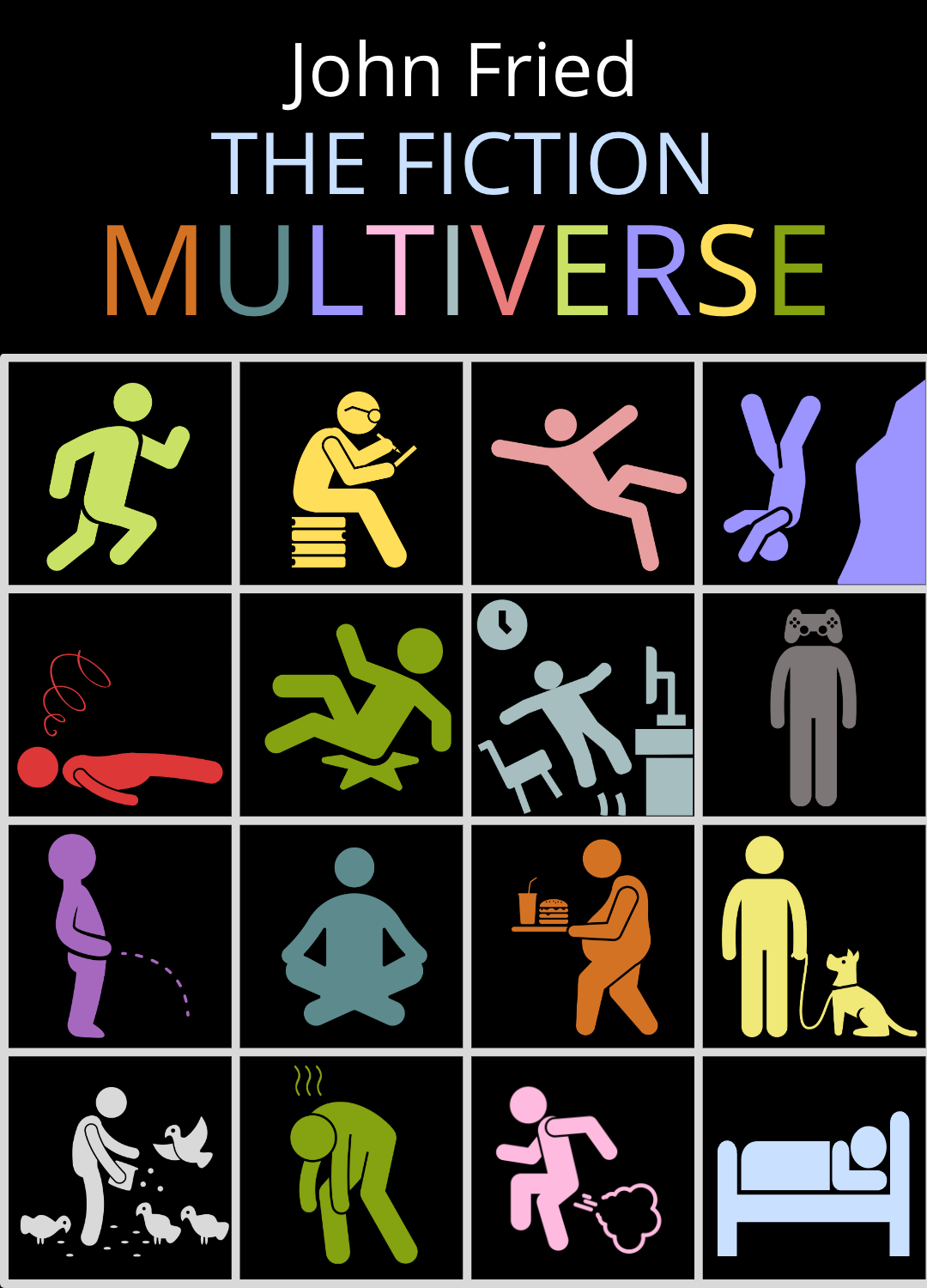
THE FICTION MULTIVERSE, or What Happens Next. Or next, or next… A Craft Essay by John Fried In the brilliant British playwright Caryl Churchill’s one-act play “Heart’s Desire,” a mother and father sit in their kitchen, awaiting the arrival of their grown daughter from a trip to Australia. “She’s taking her time,” the father says, as he pulls on a red crewneck sweater. The mother, setting out silverware for a meal, replies, “Not really.” The ...
FROM DRAWER TO BOOKSTORE IN JUST TWENTY-FOUR YEARS: The Long and Worthy Journey to Publication by Ona Gritz
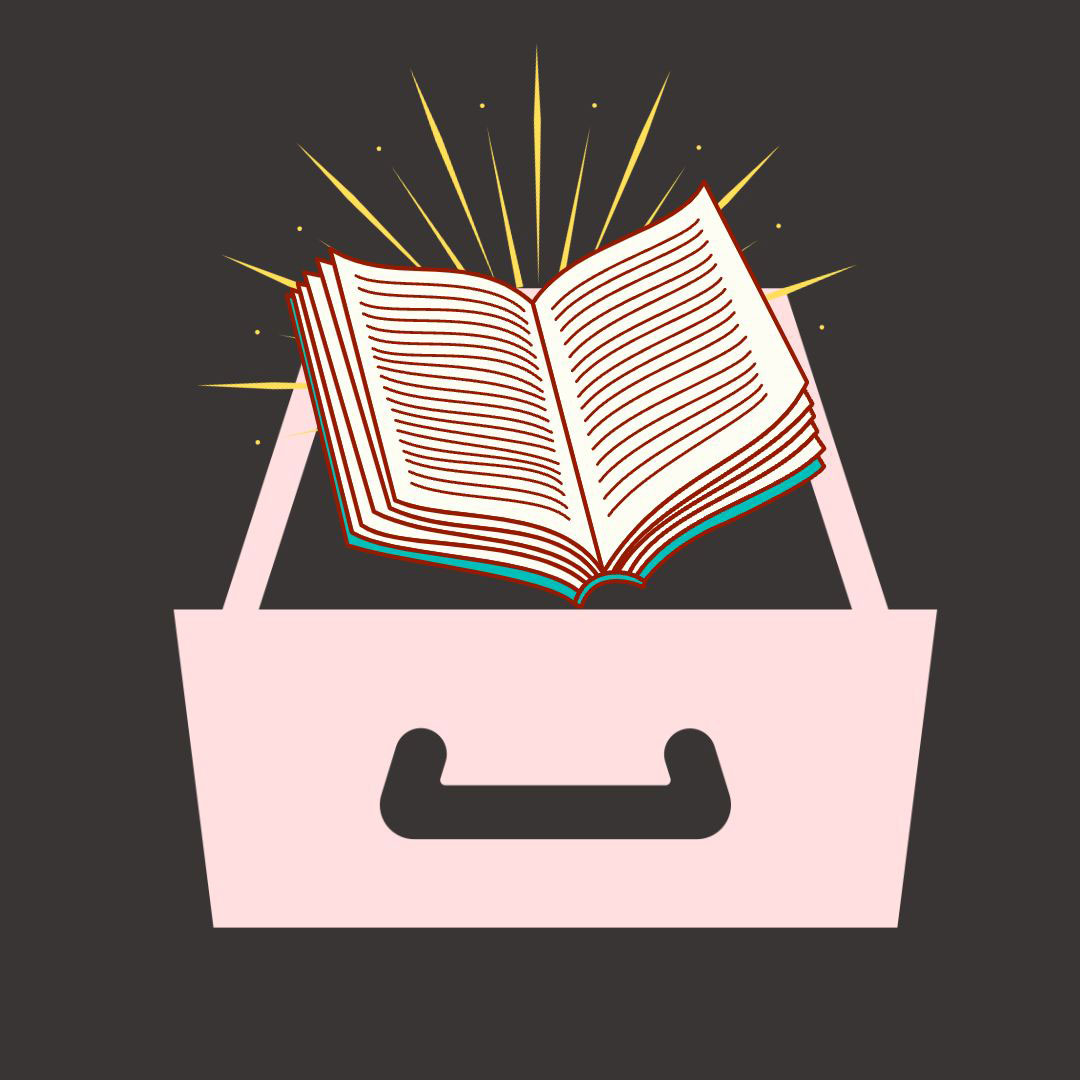
FROM DRAWER TO BOOKSTORE IN JUST TWENTY-FOUR YEARS: The Long and Worthy Journey to Publication by Ona Gritz The oldest version of my forthcoming middle-grade novel that I can access on my computer is dated 2010, though I know the drafts go back much farther. For one thing, these pages have equal signs where apostrophes should be, indicating that it was wonkily converted to Microsoft Word from WordPerfect. Anyone remember WordPerfect? I recall that the ...
CENTER OF AN IMAGINARY WORLD: Place in Fiction, a craft essay by Mandira Pattnaik
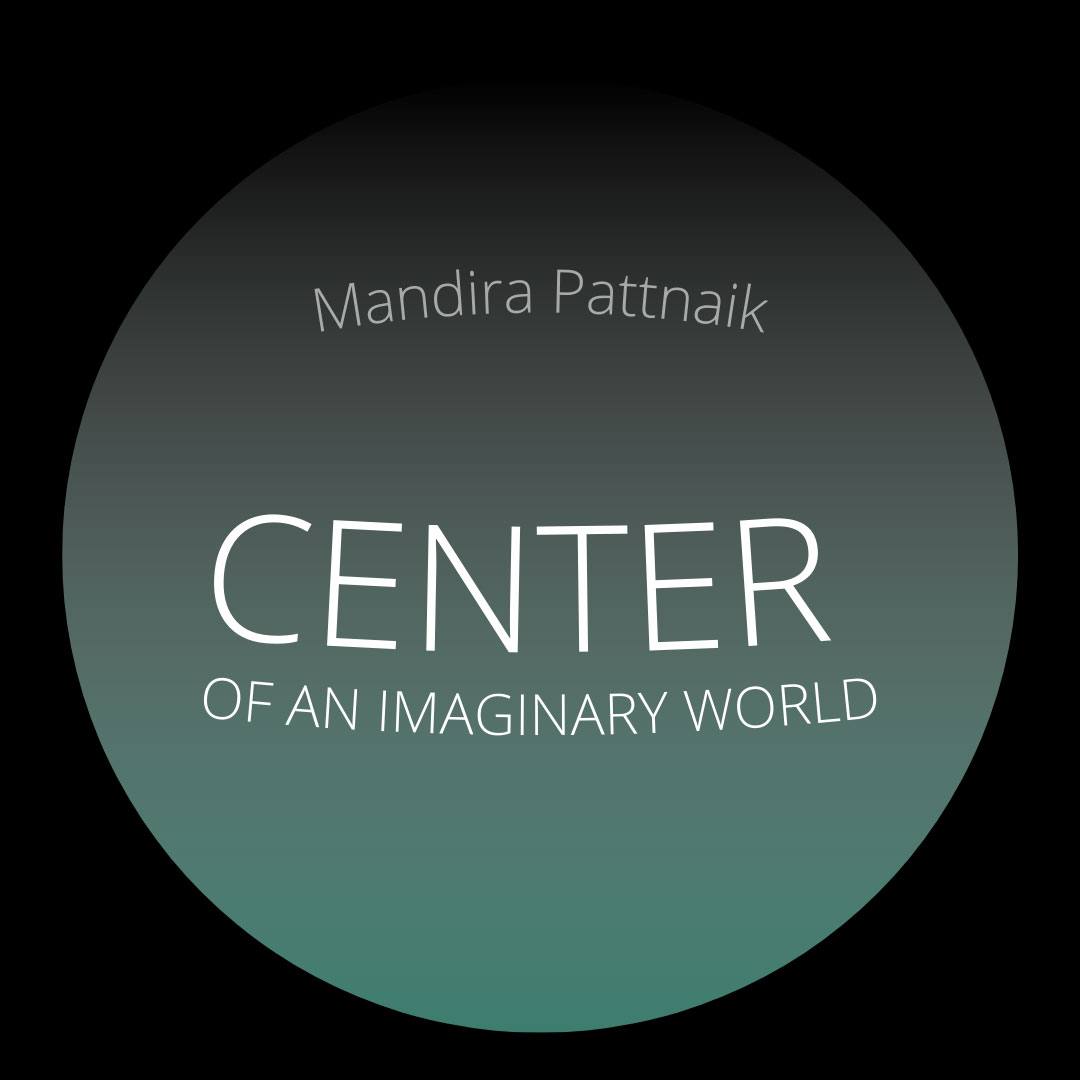
CENTER OF AN IMAGINARY WORLD: Place in Fiction A Craft Essay by Mandira Pattnaik Recently, while compiling my short stories and flash fiction for a possible collection, I was surprised by how many of those stories were based in the culture and climate markers of the place I live. Some place markers appear by explicit mention geographically, while other stories wore badges of a common identifiable whereabouts. I realized these references represented the center of ...
SHOW, THEN TELL: Crafting Fiction with Alive Exposition by Grace Evans
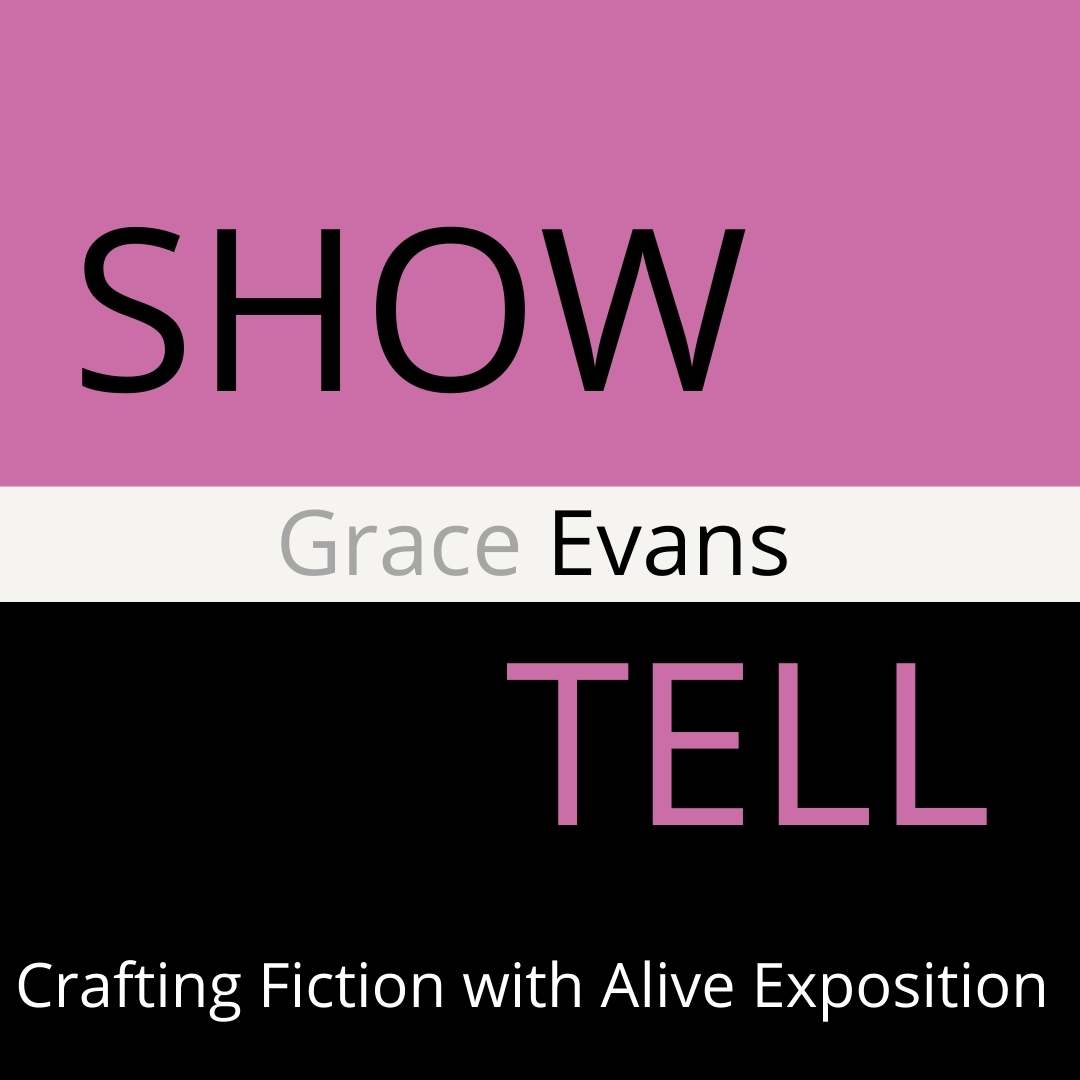
SHOW, THEN TELL: Crafting Fiction with Alive Exposition by Grace Evans While writing a first draft of a novel, I turned one scene and an economical one-paragraph description of a mother-daughter relationship into seven scenes dramatizing every aspect of their dynamic. Why? A writing craft book advised me to focus on plotting and crafting scenes, and that eventually I would string all my scenes together and find myself with a complete manuscript. So, I stretched ...
REAL ROT: My Newfound Impatience with Antiheroes, a Craft Essay by Tom Gammarino
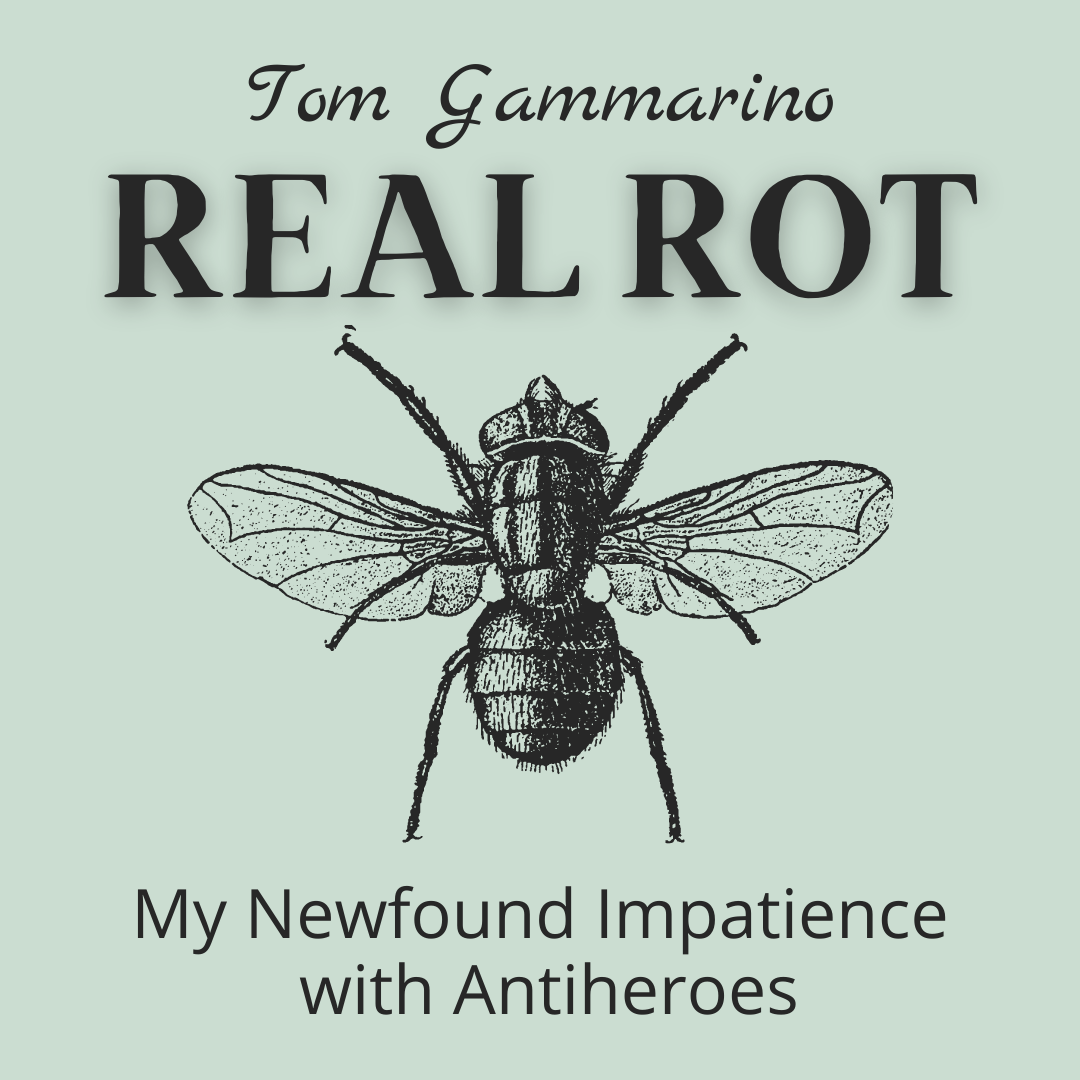
REAL ROT: My Newfound Impatience with Antiheroes A Craft Essay by Tom Gammarino Something is wrong with me. Last week, when I tried to re-watch one of my favorite TV series of all time, Breaking Bad, I made it through just two episodes before calling it quits. The writing still struck me as masterful, but I just wasn’t in the mood to follow an essentially good man into hell. This was quite a shift. I’ve always felt ...
RESEARCH AND WRITING: The Warp and Woof of Historical Fiction, a craft essay by Terry Roberts
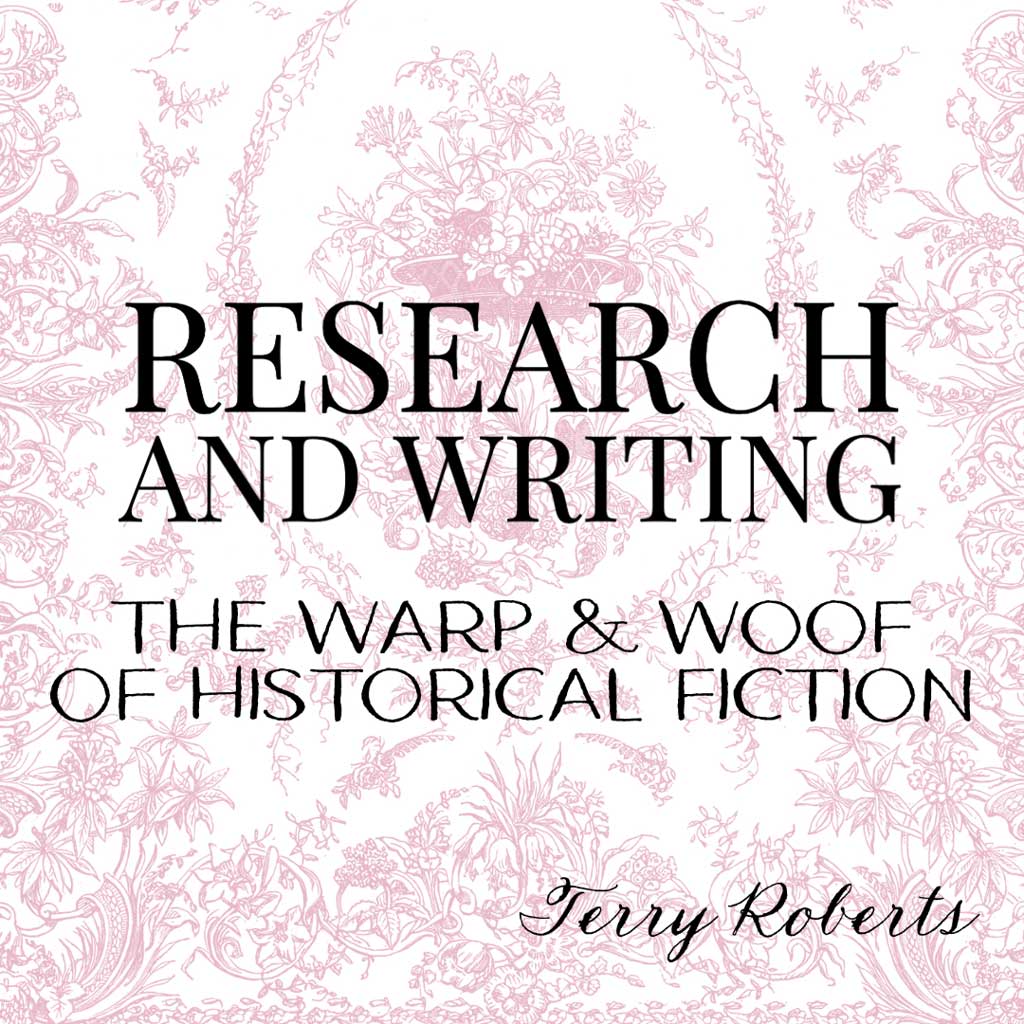
RESEARCH AND WRITING The Warp and Woof of Historical Fiction A Craft Essay by Terry Roberts When I stand before a crowd of curious readers and talk about my novels, which are generally understood to be “historical fiction,” invariably someone asks a version of the following: “How much research do you do before you start writing?” Sometimes that question is followed by more detailed queries about the kind and type of research: “Where did you ...
EMBRACE THE NELSON: Going Beyond the Pretty Narrative Voice, a craft essay by Dena Soffer
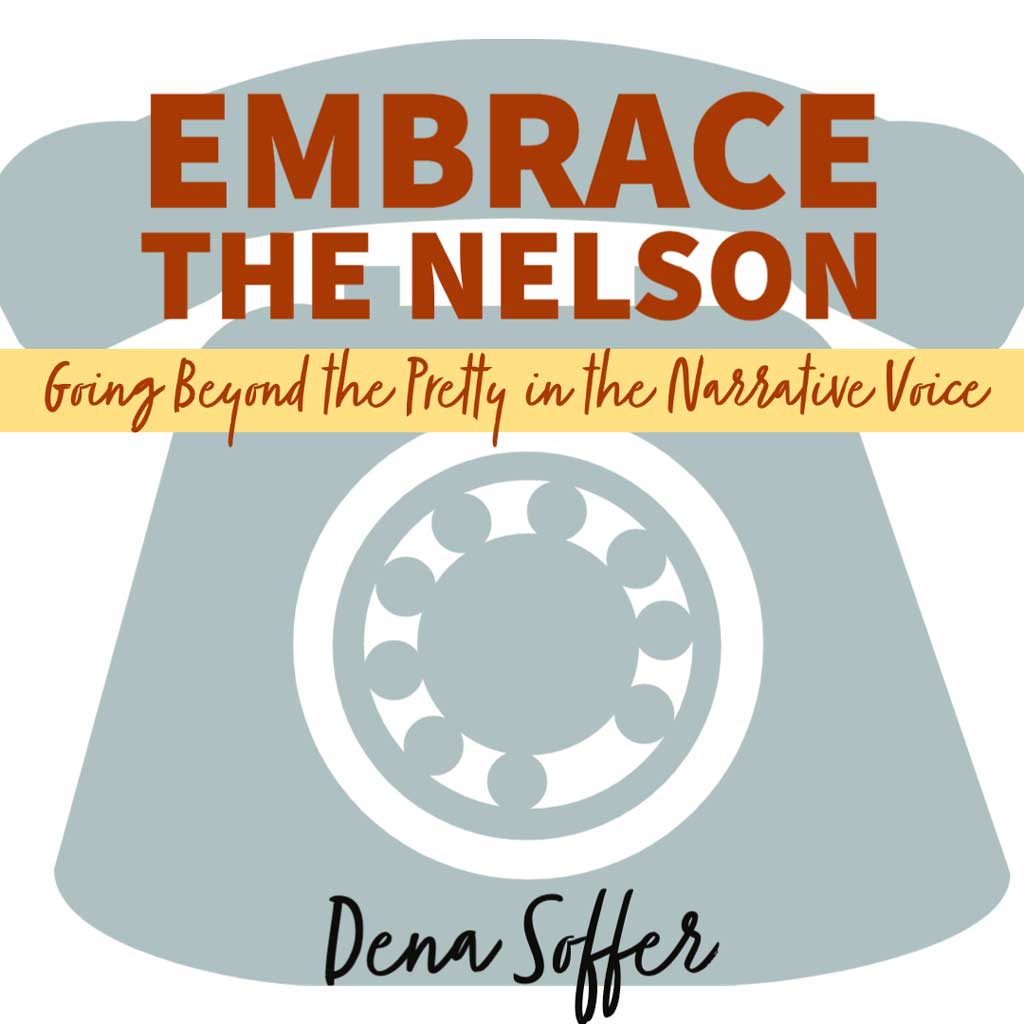
EMBRACE THE NELSON: Going Beyond the Pretty Narrative Voice A craft essay by Dena Soffer In my first graduate writing workshop, David Gates told a true story about Raymond Carver working on a piece of writing that wasn’t going well. Carver worked and worked, experiencing the feeling that all of us writers have felt—the piece was going nowhere. All of a sudden, the phone rang. He picked up, and the voice on the other ...
NOTES TO A YOUNG WRITER: On (Re)writing, (Re)vision, Editing, and Other Random Terms, a Craft Essay by Gayathri Prabhu
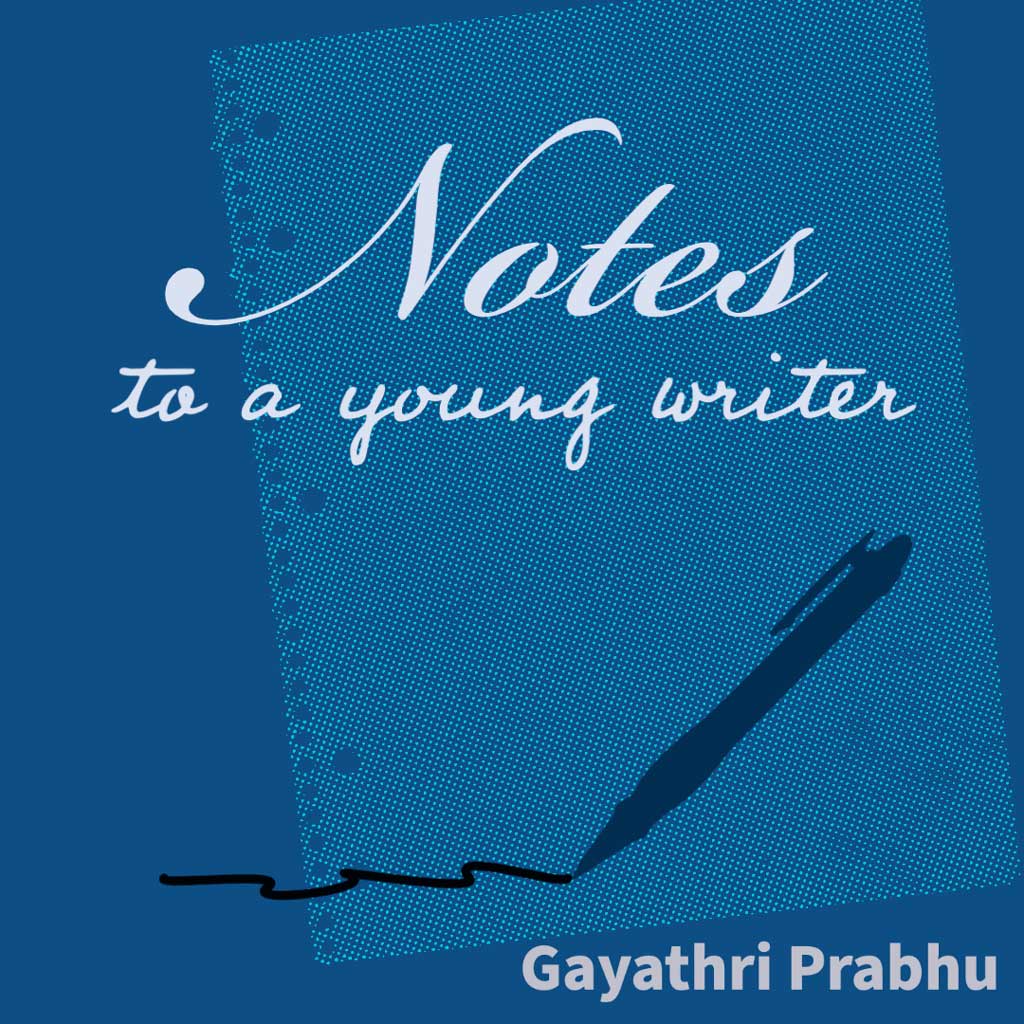
NOTES TO A YOUNG WRITER On (Re)writing, (Re)vision, Editing, and Other Random Terms A Craft Essay by Gayathri Prabhu The young writer asks me, the mentor whose name is vertical on book spines, a question about writing they wish would go away. No doubt they can write, they know that, they love that, but the question is really about rewriting. What they seek is vigor and inspiration in writing, the kind of dazzling force that ...
RESONANT PLACES: Houses We Live in, Homes that Live in Our Writing, a Fiction Craft Essay by Ellen Prentiss Campbell
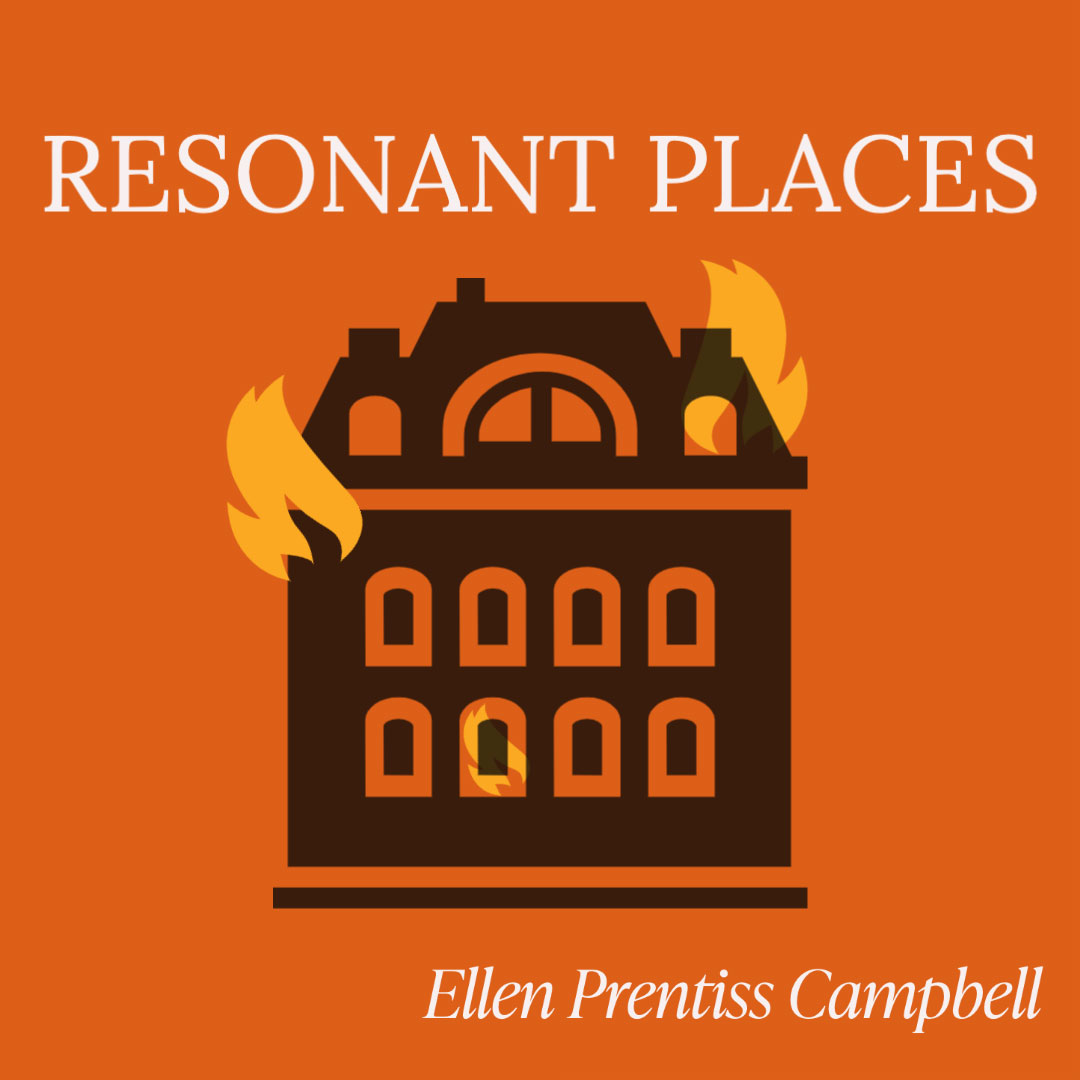
RESONANT PLACES Houses We Live in, Homes that Live in Our Writing A Fiction Craft Essay by Ellen Prentiss Campbell Memory and imagination cast spells. Fiction is inspired by places as well as temps perdue. Many of us have dreamed last night that we went back to—well, not Rebecca’s Manderley but to a place from our past, one that resonates. Some places are lost to us even if the building remains because we can never ...
MAKING THE READER FEEL SOMETHING. PLEASE. SHOW AND TELL, A Craft Essay by Shuly Xóchitl Cawood
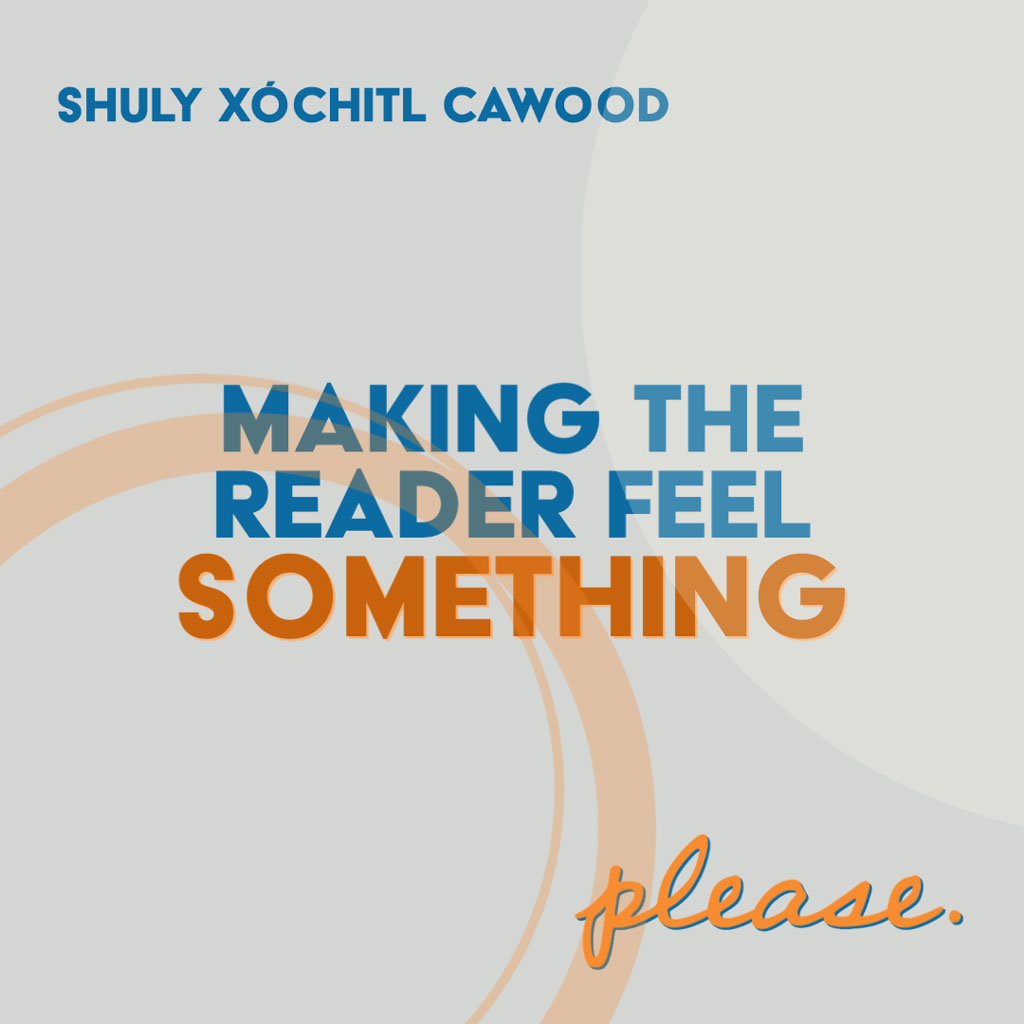
MAKING THE READER FEEL SOMETHING. PLEASE. SHOW AND TELL. A Craft Essay by Shuly Xóchitl Cawood “Show, don’t tell.” An old piece of writing advice, generally good advice, but sometimes hard to know how to do it well. Also, confusing, because telling is often part of the showing, especially when writing personal essay and memoir. The advice stems from how writers can best help readers understand what they are trying to convey—everything from emotions and mental state ...
QUEER (PRIVATE) EYE: Crafting a New Hardboiled Sleuth, a Craft Essay by Margot Douaihy
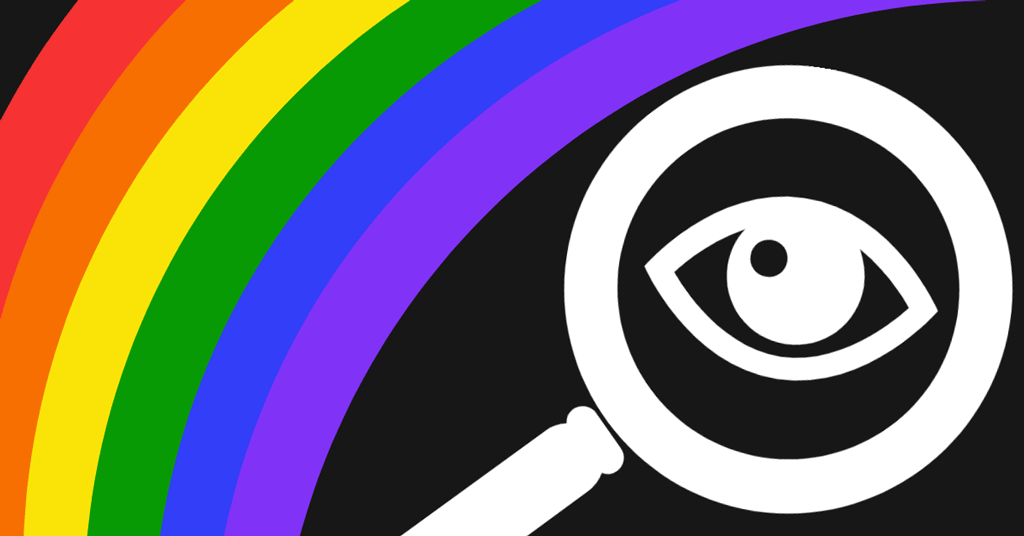
QUEER (PRIVATE) EYE: Crafting a New Hardboiled Sleuth by Margot Douaihy “It was a blonde. A blonde to make a bishop kick a hole in a stained-glass window.” —Raymond Chandler, The Big Sleep There's arguably no writer more emblematic of the hardboiled experience than Raymond Chandler. On the mean streets of Chandler’s fictional Los Angeles, his private eye character, Philip Marlowe, expresses infuriating bravado and self-annihilation in equal measure. It was PI Marlowe who ignited ...
AVOIDING / EMBRACING: Strategies for Writers with Anxiety Disorders A Craft Essay by Bailey Bridgewater
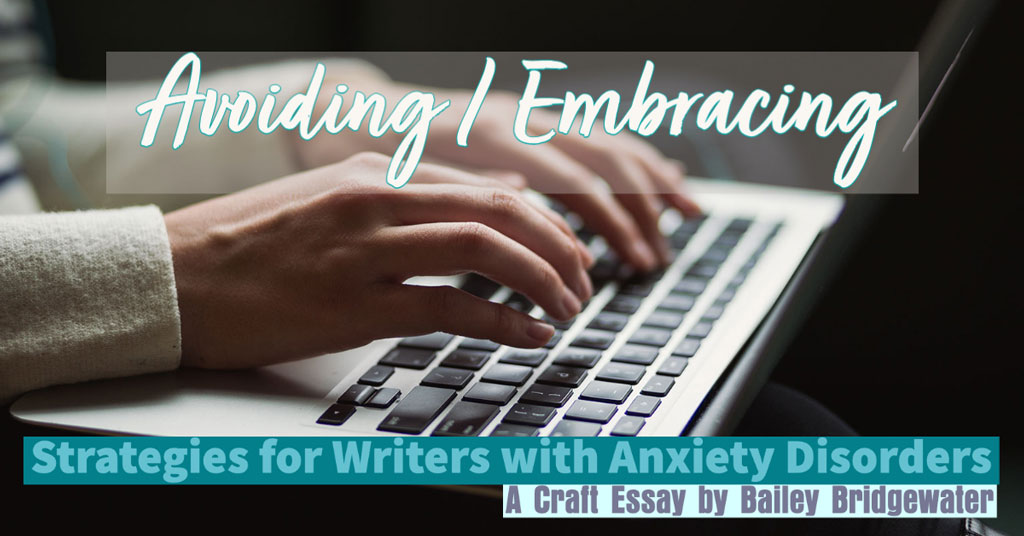
AVOIDING / EMBRACING: Strategies for Writers with Anxiety Disorders A Craft Essay by Bailey Bridgewater Ah, writing and mental health conditions—a power couple in the collective imagination of what influences how artists create. Biographies, movies, TV shows, and even books have reinforced the idea that psychological ailments produce the very best writers. It’s hard not to over-emphasize Edgar Allen Poe’s alcoholism, Sylvia Plath’s suicidal ideation, Emily Dickinson’s agoraphobia, or David Foster Wallace’s depression because we ...
What I Learned from Jennifer Egan’s Use of Sensory Detail, a Craft Essay by Sandy Smith

What I Learned from Jennifer Egan’s Use of Sensory Detail A Craft Essay by Sandy Smith On a friend’s repeated urging to read Jennifer Egan’s 2010 Pulitzer Prize-winning novel Visit from the Goon Squad, I went to my small local bookstore. They had no copies of Goon Squad in stock, but there was a single copy of Egan’s 2006 title, The Keep. Since Egan is a well-respected author and the flap copy looked promising (“…relentlessly gripping ...
SISTERHOOD: How the Books we Both Read Helped Me Write My Sister’s Life into Fiction, a Craft Essay by Jane Rosenberg LaForge

SISTERHOOD How the Books we Both Read Helped Me Write My Sister’s Life into Fiction A Craft Essay by Jane Rosenberg LaForge When my sister, Susan, was still in elementary school, a family friend gave her a book for her birthday, The Wizard of Wallaby Wallow, by Jack Kent. Dyslexic as a child, Susan wasn’t much of a reader, so the gift was unusual. In time though, she overcame her disability, it seemed, because she wanted ...
A BOOK BY ANY OTHER NAME: ON TITLES AND DATING: A Craft Essay by Melinda Scully
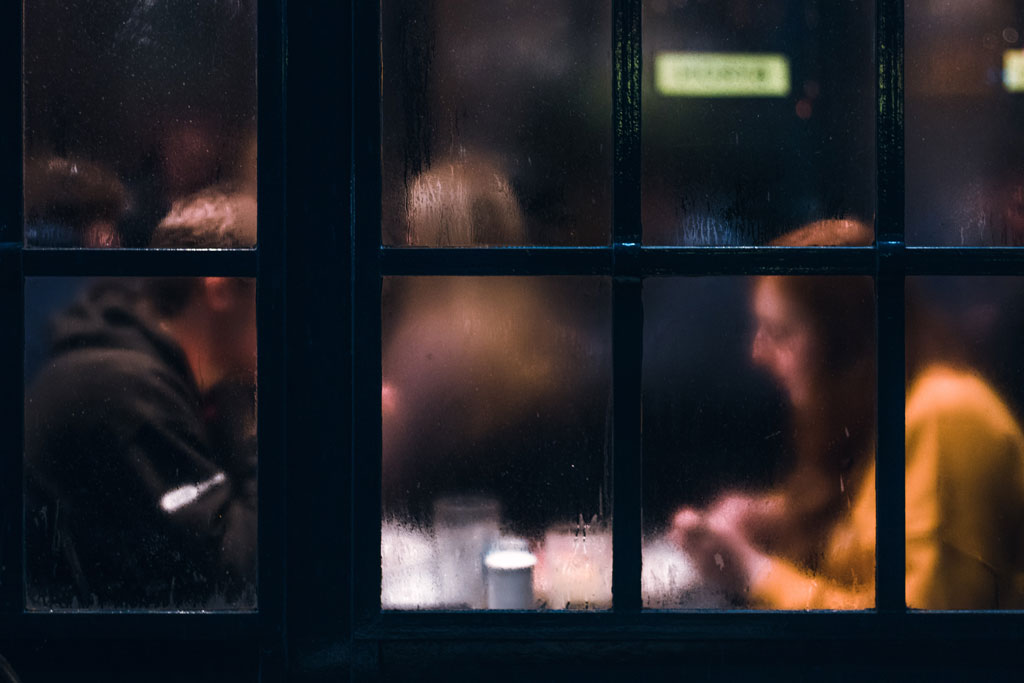
A BOOK BY ANY OTHER NAME: ON TITLES AND DATING A Craft Essay by Melinda Scully Imagine a reader is on a blind date with your book or short story. Maybe a friend set them up, or they ventured out for a local singles speed-dating extravaganza. The specifics don’t really matter. The point is, the reader is on the hunt for a new story to love, and it could be yours. How exciting! Your story ...
HOW WRITING FICTION HELPS ME—AND MAYBE YOU—DEAL WITH PAST TRAUMA, a craft essay by Kelly Fordon

In her essay “Nine Beginnings,” Margaret Atwood answers the question, “Why Do You Write?” nine different ways. In her honor, while completing my recent short story collection, I Have The Answer, I challenged myself to answer the question: “How does writing fiction help you deal with your own trauma?” nine different times ...
THE BIG WARM HOUSE An Essay on the Art of Becoming a Writer by Emma Sloley

The thing I believe writers (and perhaps also readers) need to know about the big warm house is that it’s built on a foundation of contradiction. Everyone who lives inside must crave solitude but instead find themselves bumping up against furniture, beds, each other, themselves. They must be forced into intimacy and driven apart by failing to understand one another. The fictional house must always be full of people but also profoundly lonely. The house ...
THE PROBLEM WITH SURFING AND WRITING: a Craft Essay by Nate House

Herein lies the problem: being a writer who surfs, a surfer who writes. When there is a wave to be ridden, everything else in life—dogs, loved ones, deadlines and writing—gets put on hold. To make matters worse, once you're completely and totally stoked from the waves, writing a coherent thought, especially one that attempts to describe the sublime experience of riding waves, becomes virtually impossible ...
INTO THE WOODS: What Fairy Tale Settings Can Teach Us About Fiction Writing, a Craft Essay by Dana Kroos

Consider the phrase, “We’re not out of the woods yet” meaning “we are still in danger.” This phrase can refer to innumerable types of danger. A doctor may say to the loved ones of a sick patient: “She’s not out of the woods yet;” or in the middle of a trial that seems to be going well the lawyer may say to his client, “We’re not out of the woods yet;” in a traffic jam ...
THREE SECRETS TO CREATE THE WRITING LIFE YOU WANT, a craft essay by Lisa Bubert

The question is a familiar one, full of angst and hand-wringing, one I often asked myself but never out loud: How do you do it? How do you become a writer? There are more questions contained in this question—Where do you get your ideas? What should I write about? Where should I start?—and all these questions lead to the ultimate question: Is there a secret to this thing that I am not privy to? Yes ...
IN DEFENSE OF TELLING, a craft essay by Scott Bane

Almost anyone who has taken a writing class has encountered the sacrosanct dictum: Show; don’t tell. The late Wayne C. Booth, Professor Emeritus of the University of Chicago led me to question this doctrine in his influential book, The Rhetoric of Fiction (1961). I like books about rhetoric, so when I came across the book at my local Barnes and Noble, the title hooked me. Professor Booth is a warm and clear-eyed guide. And while ...
SHOWING AND TELLING: Seven Ways to Help Your Writing Breathe, A Craft Essay by Billy Dean
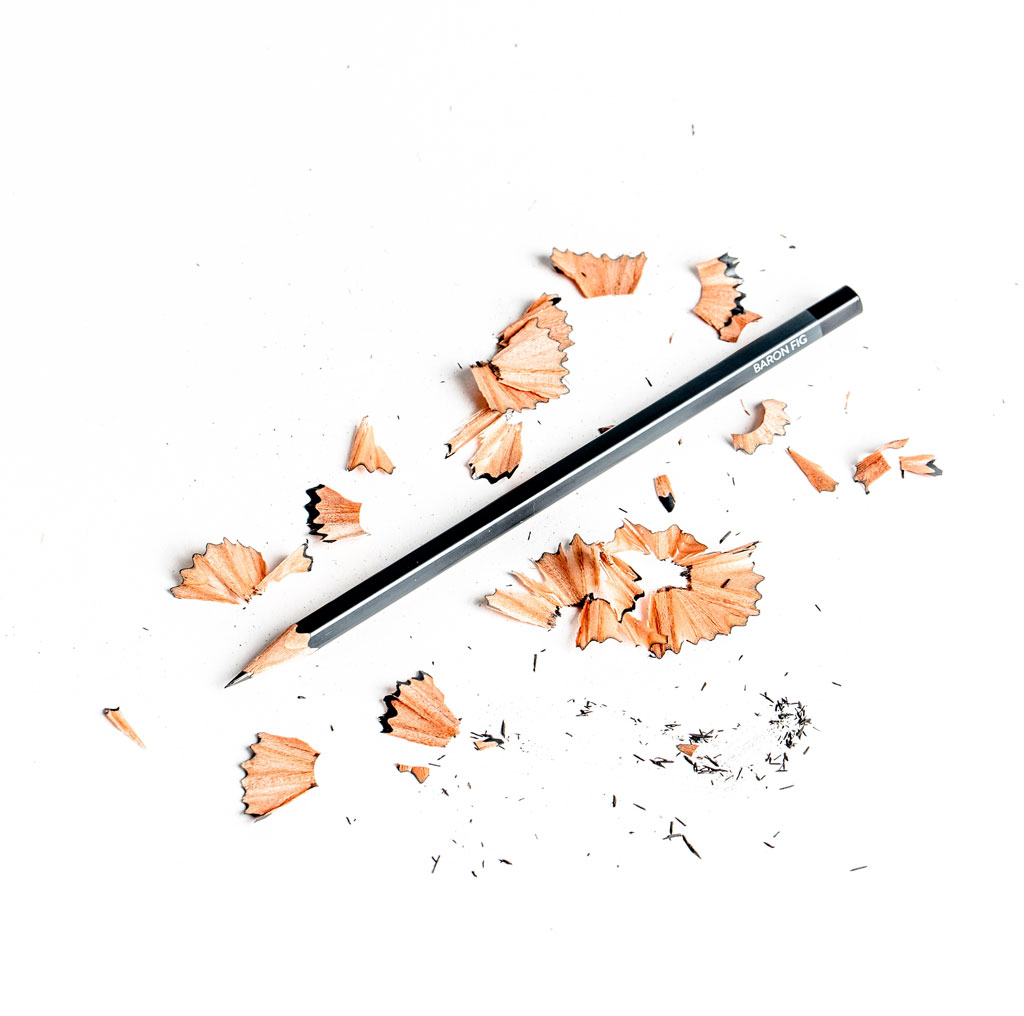
“Show-don't-tell” is fine advice—unless you apply it absolutely, as if you should always show and never tell. Here are seven ways your prose and poetry can breathe with both showing and telling ...
FOUND IN TRANSLATION: How my Memoir of Life Overseas Turned into a Novella, a Craft Essay by Ele Pawelski

Slipping my reality into fiction was not overly difficult for two reasons: first, the story was taking place some years after I’d left Kabul. While I could picture the Kabul, I’d lived in, I also knew it had changed as the Taliban continued to creep up and in. Second, once I attributed a personal anecdote to a character, I found I no longer owned it. Rather, I sought ways to transform it, playing with the ...
MY WALK ON THE BEACH WITH ANTON A Craft Essay on Connecting the Body to the Brain by Billy Dean

He put his book down and looked at me over the top of his glasses. "I never said that, Billy." "Said what, Anton?" "Don't tell me the moon is shining. Show me the glint of light on broken glass." "Oh, that. Yeah, someone turned what you actually said into a show-don't-tell rule. On behalf of all the writers who should know better, I apologize. If they'd read your stories, they'd notice how skillfully you balanced ...
SHOULD YOU REALLY BE WRITING THAT? A Craft Essay on Writing Diversity in Fiction by Sawyer Lovett

Compulsory diversity reads like a checklist: one character of color, one queer character, one character with a disability. Ta-da, instant diversity, just add water and stir. Predictably, this shallow formula reads pretty false. Black characters written by black authors are always going to be more real. Bookish people on twitter have been talking about this for a couple of years now and a phrase that I've seen pop-up a couple of times is “stay in ...
THROUGH GIRL-COLORED GLASSES A Craft Essay on Gender and Writing by Dina Honour

Was there a noticeable difference in the way I structured my writing? Did I have a particularly feminine way of tapping the keys of my ancient word processor? When my very loud printer zig-zagged along could it tell the prose churning out was written by a woman? The stacks of perforated pages, waiting to be carefully separated and submitted, did they have the indelible pinkish watermark of ‘girl’ stamped upon them? ...
FIVE STAGES OF GRIEF FOR WRITERS When Dealing with Negative Feedback, a craft essay by Floyd Cheung

Anyone who has written and submitted anything—poems, stories, essays, books—knows that immediate acceptance is extremely rare. When that happens, we celebrate and try not to let it spoil us. Much more often, we receive negative feedback in the form of outright rejection, advice, and/or an invitation to revise and resubmit (an option much more common in the academic world than in the poetry and fiction publishing scene) ...
